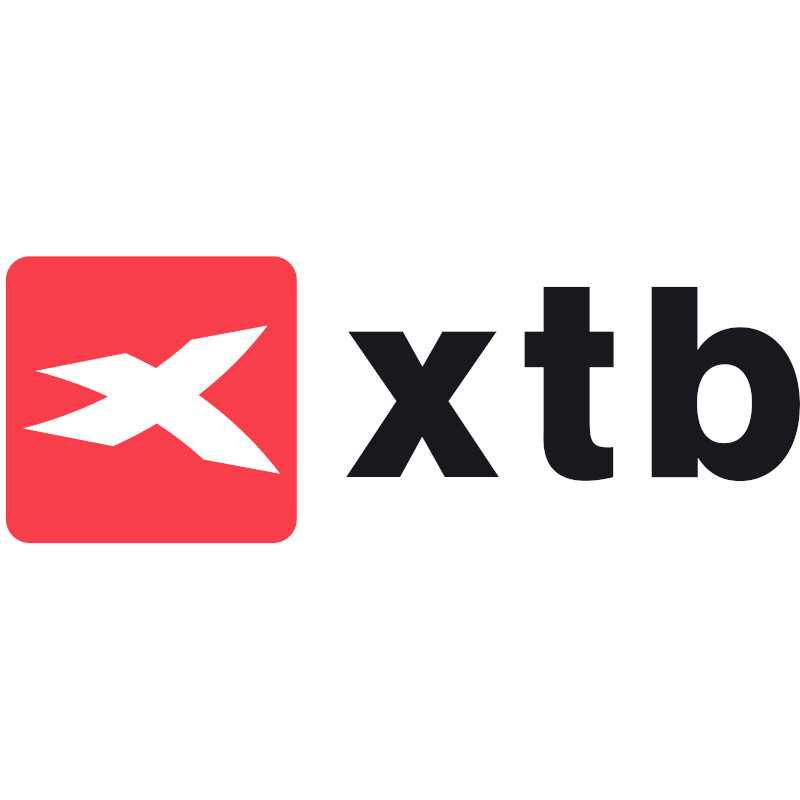By Kathleen Brooks, research director at XTB
· Why are tariffs not going away any time soon?
· How Trump can continue to levy imports.
· Why pharma might be next.
· Investor enthusiasm for stocks and the dollar curbed.
· Cracks are starting to appear in the US labour market.
· Nvidia vs. HP, the winners and losers in the age of tariffs.
The stock market rally from earlier on Thursday has faded. Although tech and luxury stocks are still leading the way higher for the Eurostoxx index, the gains are less euphoric and more muted than some expected. The reason: the latest legal challenge to Trump’s tariffs could be the start of a long wrangle between the courts and the White House, and tariffs may still be implemented.
Details on the tariff court challenge include:
· It is the way the tariffs have been implemented, using emergency legislation, and not the tariffs themselves, that have been deemed illegal.
· The US court ruling only impacts reciprocal tariffs, and not the 25% tariff rates imposed on sectors including autos, aluminum and steel.
· The White House has appealed against the decision.
· This legal wrangle could end up in the Supreme court, which currently has 6 justices that were appointed by Republican presidents. So, if this challenge ends up in the Supreme Court, they could rule in the President’s favour.
· There are other ways to impose tariffs, including using the Unfair Practices Act, instead of emergency legislation.
· Thus, further tariffs could be coming down the line, with the focus likely to be on sectoral levies, with pharma tariffs as the next logical choice.
Thus, tariff uncertainty has not been reduced by this court ruling, it is unlikely to boost consumer sentiment or business confidence, and it may weigh on hiring. Tariffs are now a fact of life, and they will continue to weigh on the global macro-outlook for some time, which is why the post court ruling stock market rally was always going to run out of stream.
The bounce higher in the US dollar has also come to an end, and the dollar index is back below 100.00 and is lower on the day. There has also been a turnaround in bond yields. Initially, bond yields jumped as investors rushed to price in a positive boost to global growth from the court ruling, and the impact from reduced tariff levies on the US fiscal deficit. However, as we move through the day, the focus is now on signs of stress in the US economy, which is having a moderating impact on bond yields.
The second reading of US Q1 GDP was released earlier today, and it has reinforced minds that the US economy remains weak, even though GDP was revised up slightly from -0.3% to -0.2%. Personal consumption was lowered to 1.2% from 1.7%. The biggest ‘shock’ was the rise in initial jobless claims, which rose to 240k, up from 226k the week prior. This is only a 4-week high, but it suggests that the labor market in the US is brittle, and it may only be a matter of time before the unemployment rate rises. Continuing claims also rose last week, which is a sign that it is taking job seekers longer to find employment, and that jobs may not be as plentiful in the current environment.
Nvidia brushes off tariff and China risks with magnificent results
Overall, the mood is changeable, US equity futures are up 0.7%. the Nasdaq is expected to open higher by more than 1%, driven by strong gains for chip stocks after Nvidia’s monster results last night. Nvidia’s share price is higher by 5% in the pre-market, and it may bounce further at the open, as the chip maker easily absorbs tariff risks and export curbs to China. Although risks to Nvidia’s AI dominance exist, they are a problem for another day, and we expect a strong uplift from these results on Nvidia’s share price.
In contrast, HP is down more than 8% after its results missed estimates and it blamed tariff risks and low business confidence on its performance. The contrast between Nvidia’s and HP’s results highlights how there will be both winners and losers from US trade policy.
XTB CY-RISK DECLARATION: CFDs are complex instruments and come with a high risk of losing money rapidly due to leverage. 78% of retail investor accounts lose money when trading CFDs with this provider. You should consider whether you understand how CFDs work and whether you can afford to take the high risk of losing your money.
XTB UK-RISK DECLARATION: CFDs are complex instruments and come with a high risk of losing money rapidly due to leverage. 75% of retail investor accounts lose money when trading CFDs with XTB Limited UK. You should consider whether you understand how CFDs work and whether you can afford to take the high risk of losing your money.
XTB is a trademark of XTB Group. XTB Group includes but is not limited to following entities:
X-Trade Brokers DM SA is authorised and regulated by the Komisja Nadzoru Finansowego (KNF) in Poland
XTB Limited (UK) is authorised and regulated by the Financial Conduct Authority in United Kingdom (License No. FRN 522157)
XTB Limited (CY) is authorized and regulated by the Cyprus Securities and Exchange Commission in Cyprus. (License No.169/12)
Clients who opened an account from the 1st of January 2021 and are not residing in the UK, are clients of XTB Limited CY.


